
Jamaica’s season takes a turn
Jamaica’s usually picture-perfect high season has been shaken up by Hurricane Melissa, which made landfall just as travelers began planning their winter escapes.
The storm’s strength and timing created a wave of uncertainty for resorts and airlines alike. Many travelers are now wondering what’s safe, what’s open, and what’s next. Let’s dive in!

What Hurricane Melissa did
Hurricane Melissa struck Jamaica in late October 2025 as a Category 5 storm, tearing through coastal towns and tourist areas. Power lines were down, roads washed out, and beaches that once hosted sunseekers turned into storm zones. Recovery efforts began almost immediately as the government called in emergency crews and relief support.
The worst impact was felt along the northwest and southwest coasts, especially in resort belts near Negril and Savanna-la-Mar. Many small hotels and villas were damaged beyond quick repair. Larger resorts, though, held up better and began restoration within days.

How tourism took the hit
Tourism is Jamaica’s heartbeat, and Melissa landed right when resorts were gearing up for their busiest stretch. Airports were closed, cruise arrivals were canceled, and bookings dropped in the following week. That pause left many tourism workers temporarily out of jobs.
Still, there’s been a quick rebound in cleanup and reopening plans. Major resorts in Montego Bay and Kingston are already hosting limited guests again. The local tourism board says they expect steady recovery by mid-December.
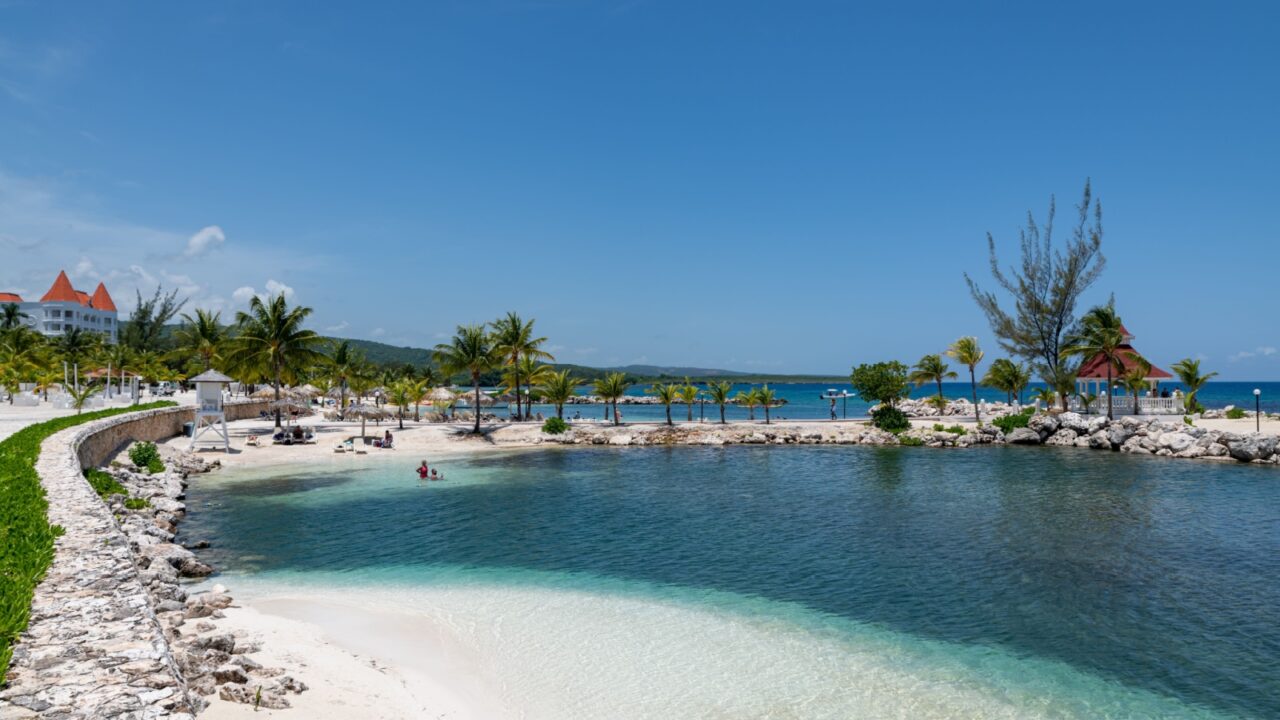
Which parts are travel-ready
Right now, the safest and most functional areas are along Jamaica’s north and southeast coasts. Ocho Rios, Runaway Bay, and Kingston’s outer resort areas have restored power and transportation links. These spots are welcoming visitors again, though some excursions remain limited.
Travelers should be cautious about heading west just yet. Negril and parts of Hanover Parish still have infrastructure issues and limited hotel availability. Checking with resorts directly before booking makes a big difference in planning.

What travelers can expect
For those arriving this season, expect a mix of open luxury resorts and others still in partial operation. Some beach access may be restricted due to repairs, and popular tours might shift routes. But hospitality teams are eager to make the experience as smooth as possible.
Travelers may also find discounted packages through December as resorts rebuild confidence. Free upgrades, resort credits, and flexible bookings are common right now. It’s a rare chance to visit Jamaica with smaller crowds and more personalized attention.
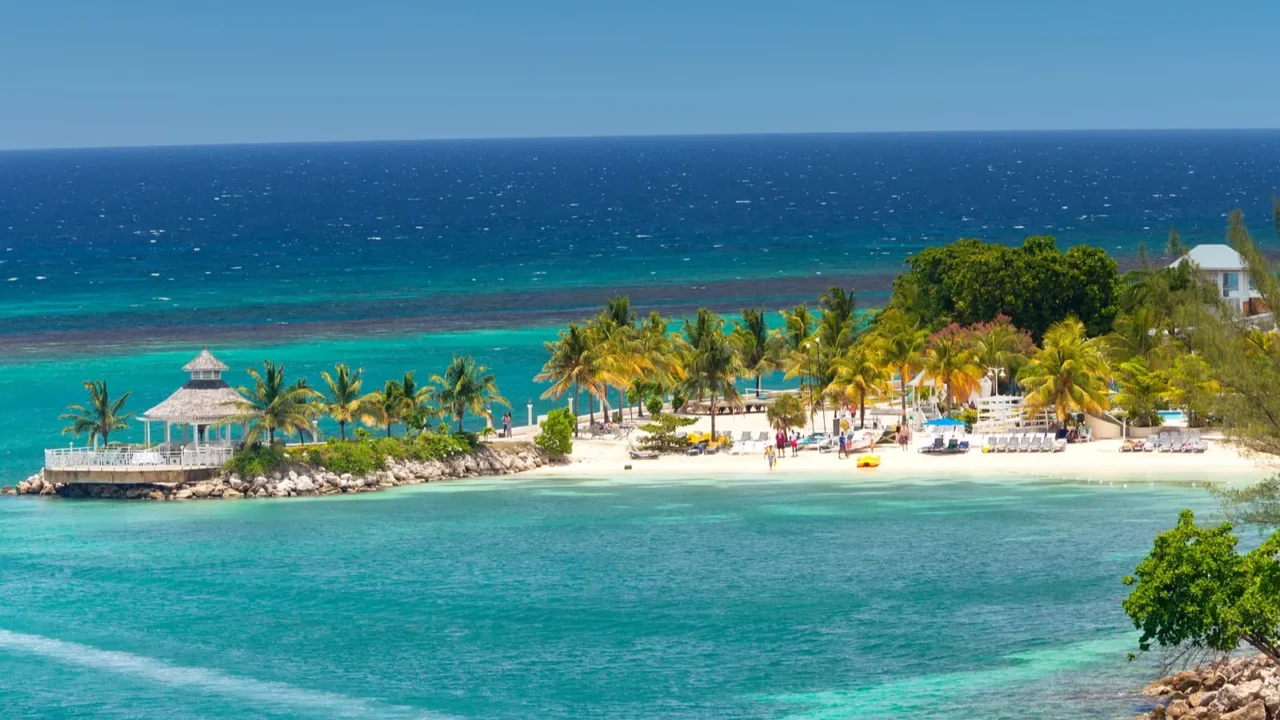
When the high season starts
Jamaica’s high season usually peaks from mid-December through April. Authorities hope most key resorts will reopen by December 15 to capture that wave. Restoration crews are working day and night to meet that target.
Still, recovery timelines vary from one region to another. While Montego Bay and Kingston look nearly ready, western zones may need more time. Patience will pay off for travelers who want the full island experience.
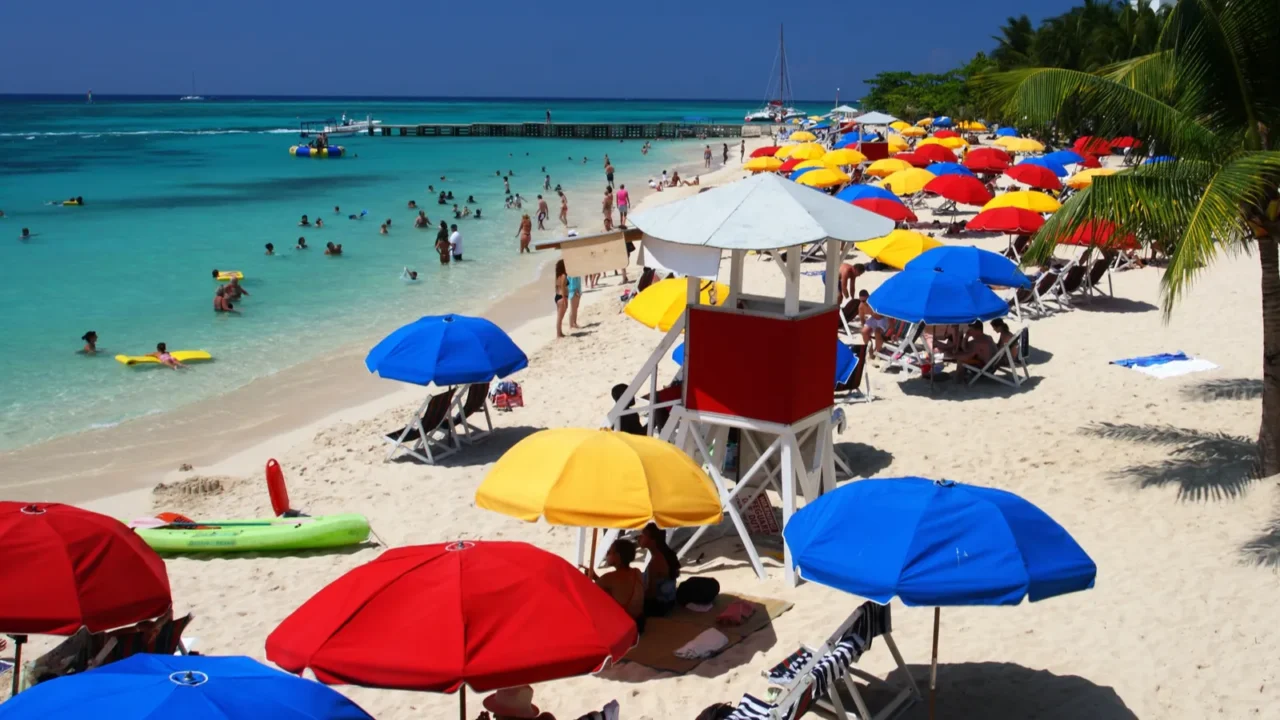
How prices are shifting
Storm damage has created an unusual mix of higher and lower prices. Top-tier resorts may charge more to cover renovation costs, while mid-range hotels are offering steep deals. Budget travelers are seeing opportunities that rarely appear in peak season.
Some packages even include spa vouchers or complimentary nights to lure guests back. Airlines are adding flexible change policies to encourage confidence. It’s shaping up to be a season where timing and research matter more than ever.

Insurance and smart planning
With weather unpredictability fresh in everyone’s mind, travel insurance isn’t optional anymore. Policies that cover hurricanes, cancellations, and emergency evacuations are essential. It gives travelers peace of mind when booking ahead.
Most major insurers now offer “cancel for any reason” upgrades that include weather events. Resorts are also extending refund windows as part of recovery goodwill. It’s a sign that Jamaica’s travel sector is adapting fast.

Choosing the right resort
The key this season is transparency; travelers should book with hotels that clearly list their readiness level. Resorts providing real-time updates on amenities, dining, and water access tend to deliver smoother stays. Direct communication before booking can avoid last-minute surprises.
Some international brands are posting daily progress reports on their websites. Others are offering virtual tours to show current conditions. That openness is helping rebuild traveler trust after the storm.
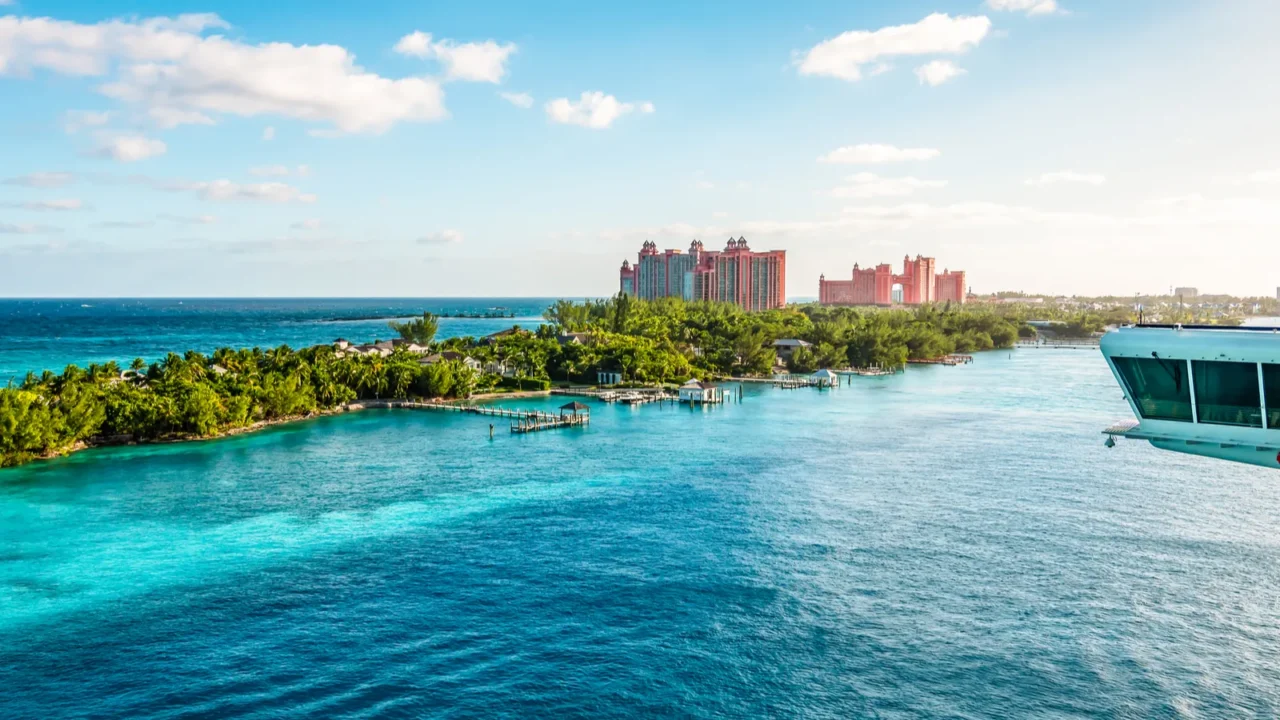
Alternative island spots
For those hesitant about Jamaica’s west coast, nearby Caribbean islands are stepping in with ready options. The Cayman Islands, Turks and Caicos, and the Bahamas have seen a jump in rerouted bookings. Airlines are adding temporary connections from U.S. hubs to meet that demand.
Still, Jamaica’s recovering east and north shores remain strong choices. They’re closer to full capacity and ready for visitors who want to support local tourism. It’s a balance of safe travel and conscious spending.
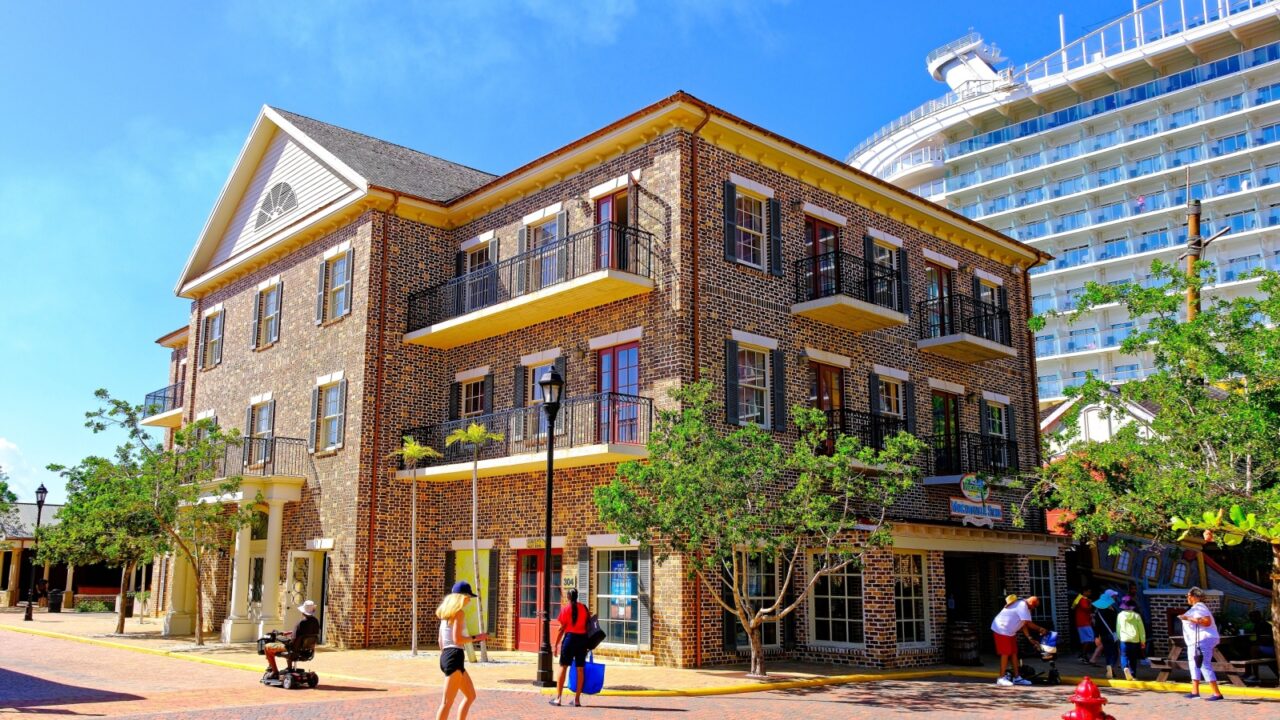
A new chapter for island travel
The story of Jamaica’s recovery is more than rebuilding hotels or restoring beaches; it’s about rediscovering why people fall in love with the island in the first place. Each visit now carries a sense of purpose, turning travel into something more meaningful than just leisure. Travelers are becoming part of the island’s healing rhythm and community pride.
As high season unfolds, the energy feels different, calmer, closer, and deeply rooted in gratitude. Every sunset and conversation reminds visitors that resilience can be just as beautiful as any view.
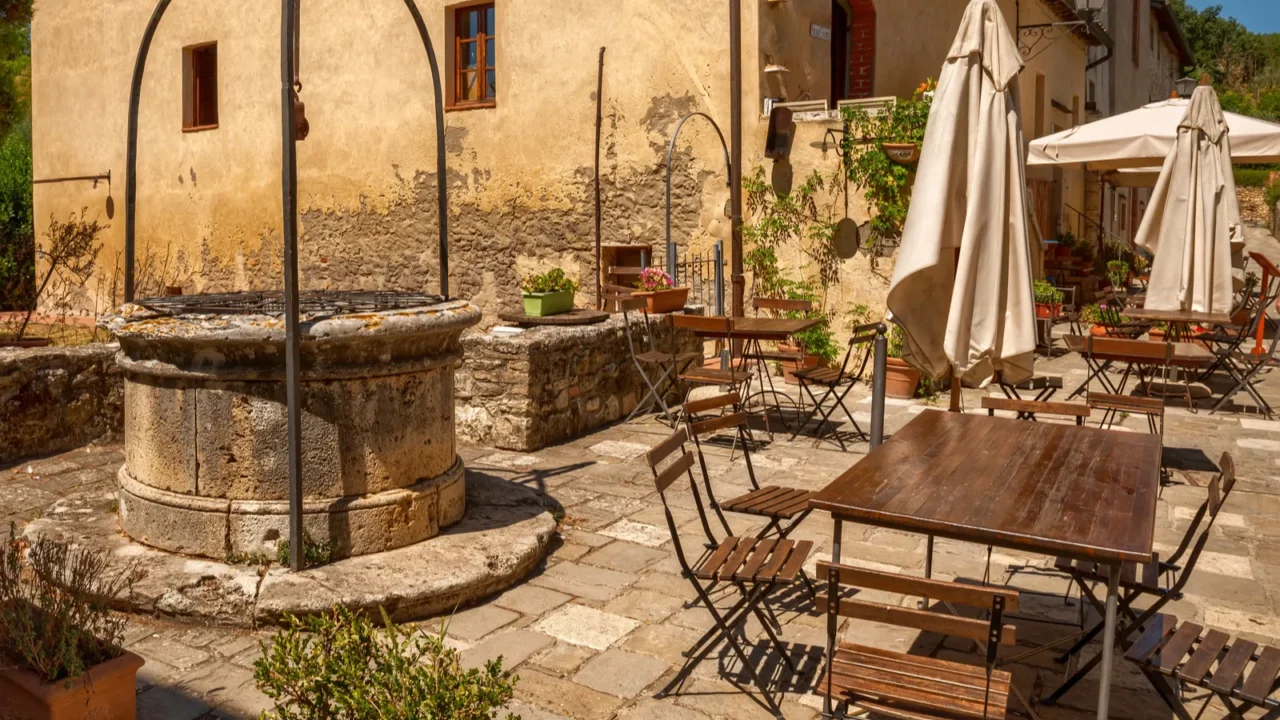
Supporting recovery responsibly
Traveling during a rebuild means becoming part of the recovery story. Staying in locally owned hotels or dining at small restaurants helps money circulate where it’s needed most. Visitors can ask resorts how they’re supporting community relief before booking.
Eco-friendly travel choices also make a difference, limiting water waste and respecting fragile areas still under repair. The goal isn’t just a vacation; it’s travel that helps a beloved island bounce back stronger. That awareness adds meaning to every stay.
For travelers seeking inspiration, stories like inside the Maldives resorts loved by Hollywood’s A-listers remind everyone how luxury and sustainability can beautifully coexist.
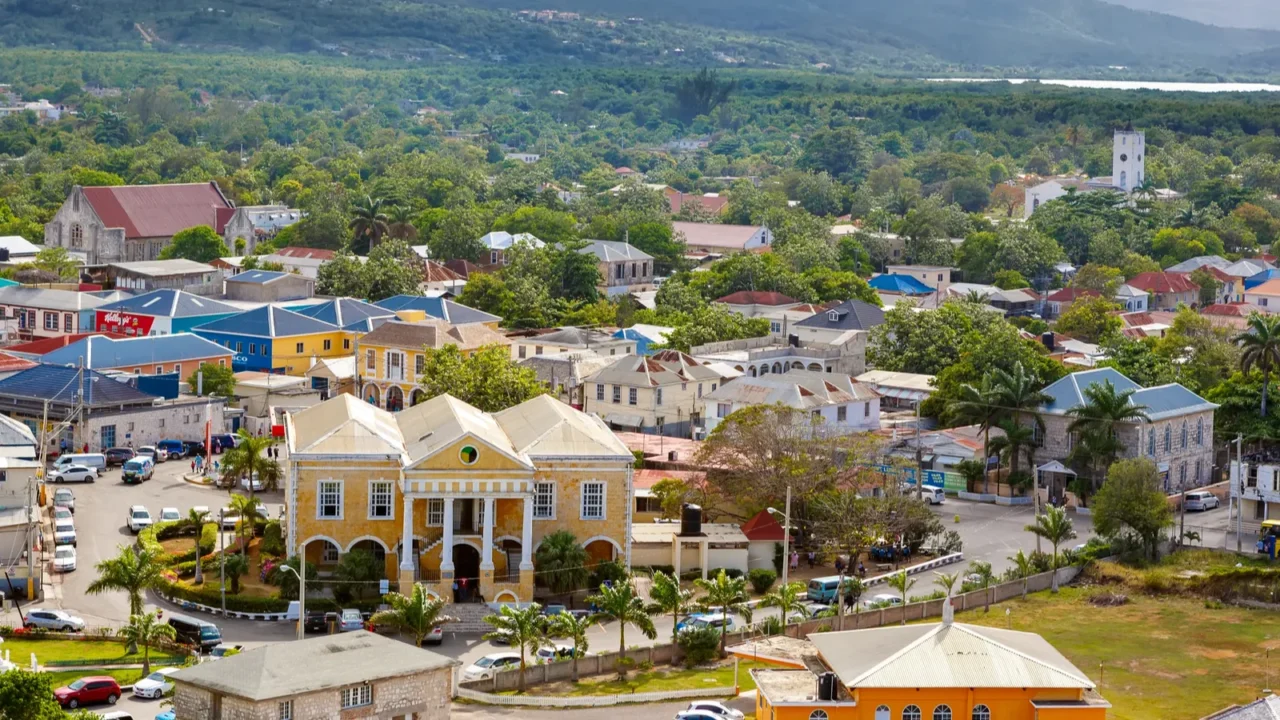
Looking ahead to brighter days
Jamaica’s spirit is as strong as its rhythms, and the island is moving forward with hope and determination. By the start of 2026, most resorts are expected to operate at full capacity again. The high season may look different this year, but its warmth is still the same.
The best trips are the ones where visitors feel safe and inspired to return.
So, which destination feels right for this year’s island getaway, a rebuilt Jamaica or somewhere nearby?
Share those thoughts in the comments and keep the travel talk going.
Read More From This Brand:
- Microcations are on the rise and changing how we travel
- African American heritage trails worth traveling for
- America’s tourism slump is making room for a new traveler
Don’t forget to follow us for more exclusive content right here on MSN.
This slideshow was made with AI assistance and human editing.